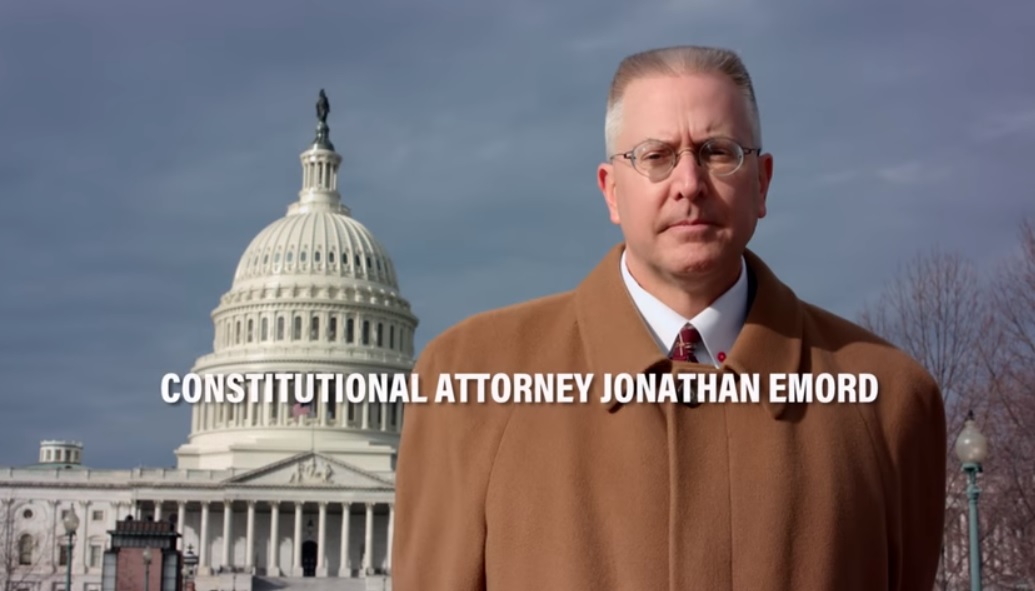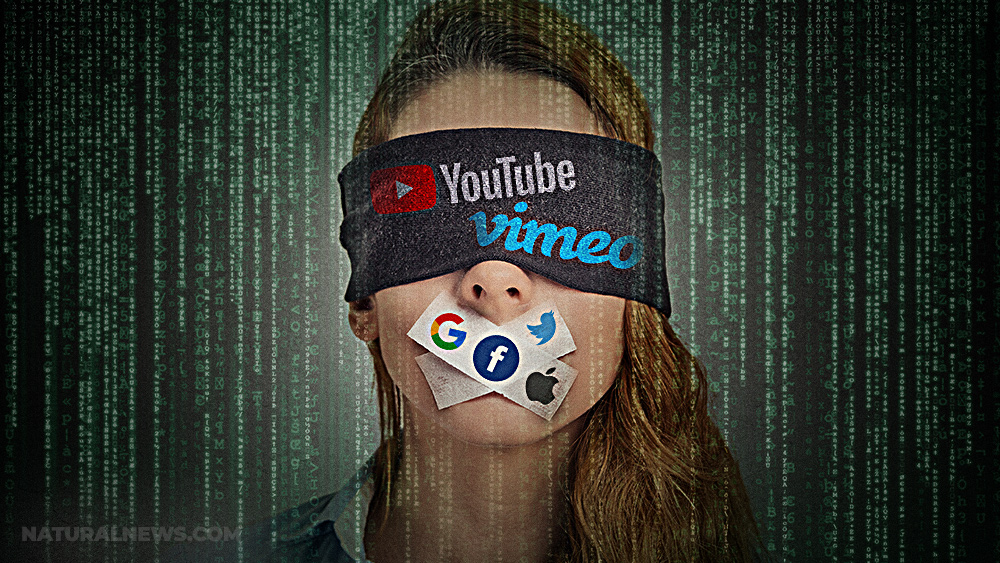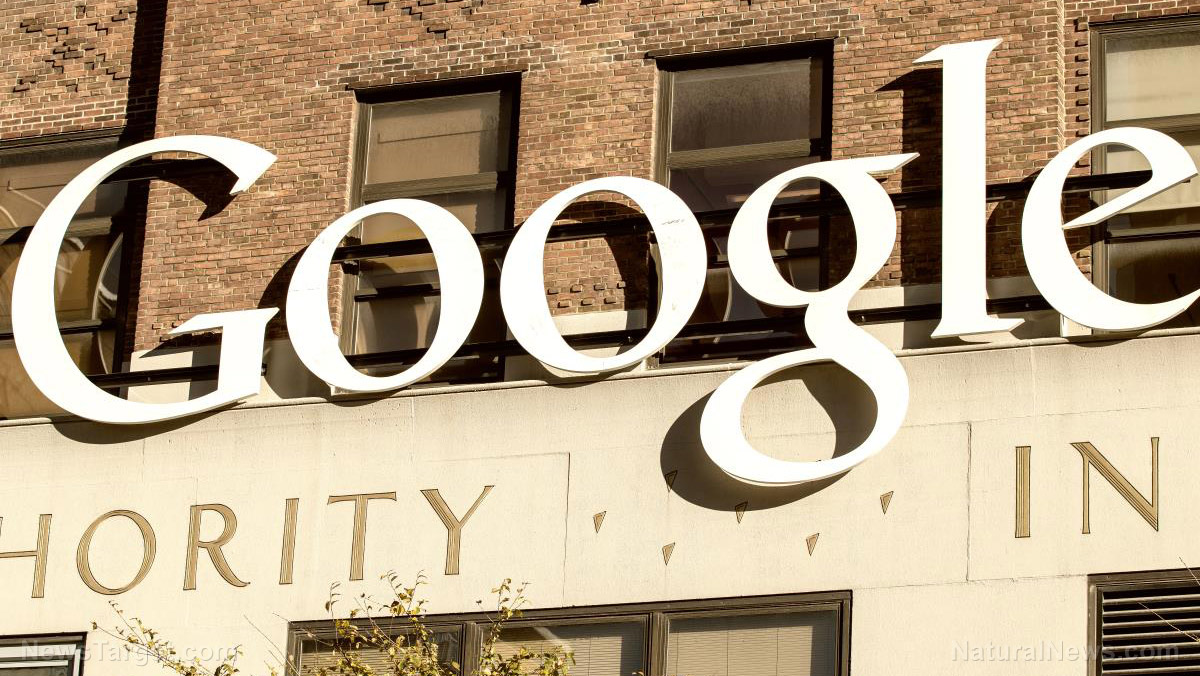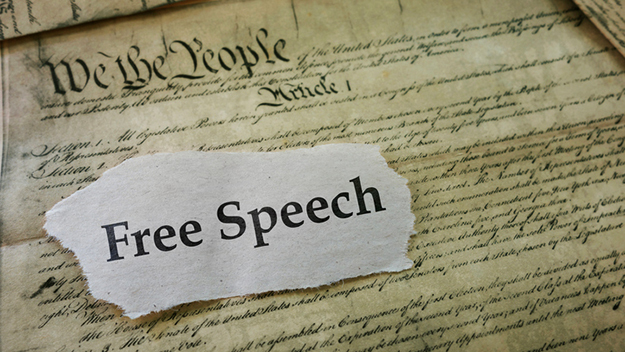Preserving free speech in the digital age: Jonathan W. Emord’s “Freedom, Technology, and the First Amendment”
08/14/2025 / By Ramon Tomey

- In “Freedom, Technology, and the First Amendment”, constitutional lawyer Jonathan W. Emord argues that government regulations on media content violate the First Amendment’s foundational principles, often serving political and entrenched media interests rather than protecting free discourse.
- Emord traces the First Amendment’s origins to 17th-century English Radical Whig philosophy, which emphasized the right to criticize authority – a principle adopted by American revolutionaries like John Wilkes and embedded in the Framers’ vision of unrestrained debate.
- The book exposes a pattern where politicians and legacy media collaborate to create regulatory barriers that suppress competition, control narratives and stifle new voices, undermining democratic exchange.
- While digital innovations (e.g., broadband, social media) democratize information access, Emord warns that outdated regulations and government censorship threats – justified as public interest or security – risk replicating historical abuses of power.
- Emord urges dismantling the current regulatory regime, repealing laws that restrict press freedom and restoring the First Amendment’s absolute protections to safeguard private communication, innovation and enduring liberty.
Constitutional attorney Jonathan W. Emord’s “Freedom, Technology, and the First Amendment” presents a compelling critique of government regulation over media and its erosion of constitutional freedoms.
At its core, Emord’s book argues that the unrestricted flow of information is essential for a free society and a thriving market economy. Yet, through historical and legal analysis, he demonstrates how modern regulatory regimes have betrayed the intellectual foundations of the First Amendment – often under the guise of protecting incumbents rather than upholding democratic principles.
The First Amendment was conceived as a safeguard against government censorship, ensuring protections for free speech and a free press. Emord traces its roots to 17th-century England, where Radical Whig philosophy championed the right to criticize authority and expose corruption.
This ideology profoundly influenced American revolutionaries, shaping colonial opposition to British suppression of dissent. It was epitomized by figures like John Wilkes, whose defiance inspired American demands for press freedoms.
Historically, the Framers designed the First Amendment to shield discourse from government interference – reinforcing the idea that debate should flourish unchecked in a private sphere of communication. However, Emord reveals a troubling pattern. Politicians and established media have frequently colluded in self-interest, erecting regulatory barriers that stifle competition and suppress new voices.
Government oversight, particularly in electronic mass media, has expanded under laws like the Communications Act of 1934, granting federal agencies broad control over broadcasting and, later, digital platforms. Such regulation, Emord contends, violates the First Amendment’s spirit by privileging state-approved narratives over unfiltered public discourse.
Technological advancements amplify these concerns. The digital revolution democratized publishing, allowing individuals to reach global audiences affordably. Innovations like broadband networks and multimedia platforms promised unprecedented access to information. Yet Emord warns that bureaucratic inertia and overregulation threaten this progress.
Regulatory frameworks designed for legacy media are ill-suited for today’s decentralized communication landscape. Worse, they enable governments to justify censorship under the pretext of public interest, national security or corporate consolidation – echoing historical abuses of power.
Emord challenges contemporary legal interpretations that treat the Constitution as a malleable document. He rejects theories permitting judicial reinterpretation of foundational rights, insisting instead on adherence to original principles.
The First Amendment, he argues, was never intended to accommodate state-imposed restrictions; its language is unequivocal. Courts and policymakers, swayed by political pressures, have nonetheless permitted creeping encroachments – eroding protections meant to endure across technological and social shifts.
Critics might argue that technological complexity necessitates updated regulations or that Emord’s historical originalism ignores modern realities. Yet his rebuttal is firm: Constitutional freedoms cannot be compromised without risking their total disintegration.
The solution, he proposes, is dismantling today’s regulatory regime – repealing laws that abridge press freedoms and erecting new legal firewalls against state overreach. Only by reaffirming absolute protections for private communication can innovation and liberty coexist.
“Freedom, Technology, and the First Amendment” is a rallying cry. Emord underscores that free speech is not a passive guarantee. It demands vigilance against government encroachment, corporate collusion and public complacency.
As digital tools reshape communication, the principles of 1791 remain strikingly relevant. The government’s role is not to control discourse but to protect its independence, ensuring that the marketplace of ideas remains truly free for generations to come.
Watch this video about the book “Freedom, Technology, and the First Amendment” by Jonathan W. Emord.
This video is from the BrightLearn channel on Brighteon.com.
Sources include:
Submit a correction >>
Tagged Under:
banned, big government, Bill of Rights, Censorship, First Amendment, Founding Fathers, framers, free press, free speech, freedom, Freedom Technology and the First Amendment, Glitch, government regulation, Jonathan Emord, Journalism, Liberty, media fact watch, overreach, resist, Tyranny, US Constitution
This article may contain statements that reflect the opinion of the author
RECENT NEWS & ARTICLES
COPYRIGHT © 2017 SEARCH ENGINE NEWS



















